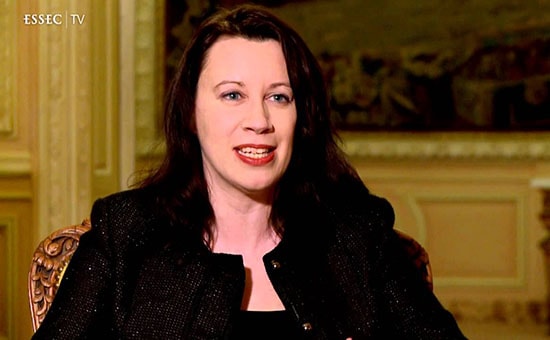According to Operti, the key distinguishing trait of the so-called knowledge-based economy is that a large share of firms' technological knowledge is not tacit. Often this knowledge is published through scientific articles, patents, technical publications, and conference presentations, for example. “This gives companies the potential opportunity to tap into a whole wealth of readily and easily available knowledge that they can use to benchmark ideas on, adapt, and develop new innovations,” the professor writes.
As examples she cites AMD, Motorola, and Applied Materials — but not other semiconductor firms — who were able to deal with a radical technological shift by scrupulously tracking, analysing, and building on IBM’s patented innovations.
Strategies for accessing this free and ready available knowledge are:
- Focusing on patents as the key form of publicly available technological knowledge
- Investing in teams, processes and resources to capture knowledge
- Creating a solid scientific base which helps firms efficiently select knowledge inputs in extensive, fast-growing spillover networks
- Employing scientists who engage extensively in their academic communities
- Creating bridges between networks/clusters
- Being vertical: Vertically integrated firms, who are active along the whole supply chain, are generally better at internally brokering knowledge.
Read more onESSEC

